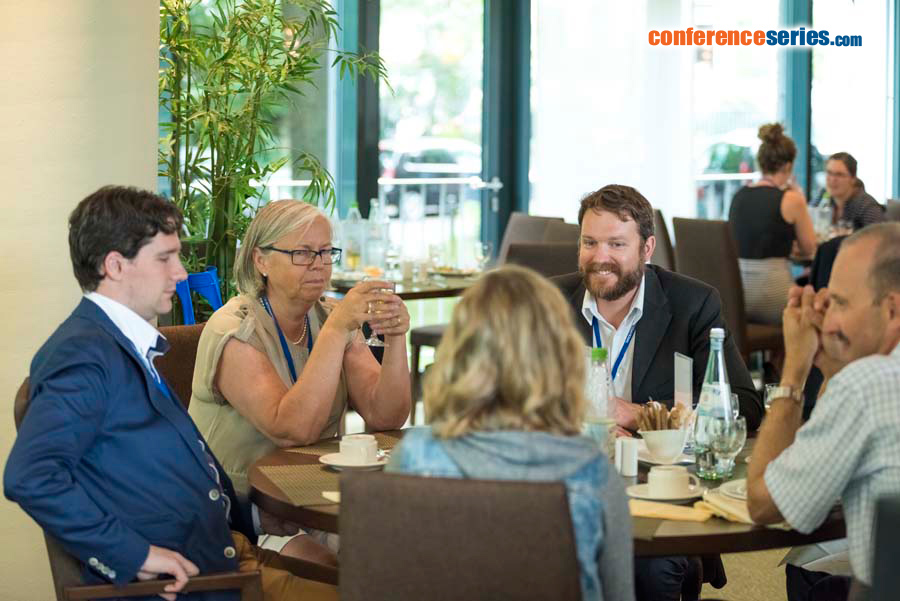
Ingegerd Rosborg
Miljo Naringsbalans Vatten, Sweden
Title: The Importance Of Minerals From Bottled Waters
Biography
Biography: Ingegerd Rosborg
Abstract
The study from 2002 presents the concentrations of about 50 metals and ions in 33 different brands of bottled waters on the Swedish market. Ten of the brands showed calcium (Ca) concentrations <10 mg L/1 and magnesium (Mg) levels <3 mg L/1; origin primary rock bedrock. Three of these had low concentrations of sodium (<7 mg L/1), potassium (<3 mg L/1) and bicarbonate (<31 mg L/1). Contrary, water with high concentrations can substantially contribute to the daily intake of elements. Nine of the brands were collected from limestone regions. They showed Ca-levels >50 mg L/1, maximum of 289 mg L/1. Mg-levels were >90 mg L/1 in two brands. Two waters were supplemented with Na2CO3 and NaCl, resulting in elevated Na (644 and 648 mg L/1) and chloride (204 and 219 mg L/1). Such water types may make a substantial contribution to the daily intake of NaCl in high water consumers. The storage of carbonated drinking water in aluminum (Al) cans increased the Al-concentration to about 70 lg L/1. The levels of Fe (iron) and Mn (manganese) and potentially toxic metals were generally low. Nowadays bottled waters are more and more RO (Reverse Osmosis) treated, causing completely de-mineralized waters, comparable to distilled or rain water. Acute symptoms from drinking many liters of RO water are decreased electrolyte levels causing tiredness, weakness, headache, trembling, coma, and brain edema. In the long run; acidosis, with increased risk for cardiovascular diseases, osteoporosis and diabetes etc., is a great risk.



